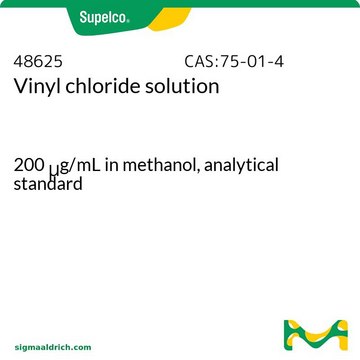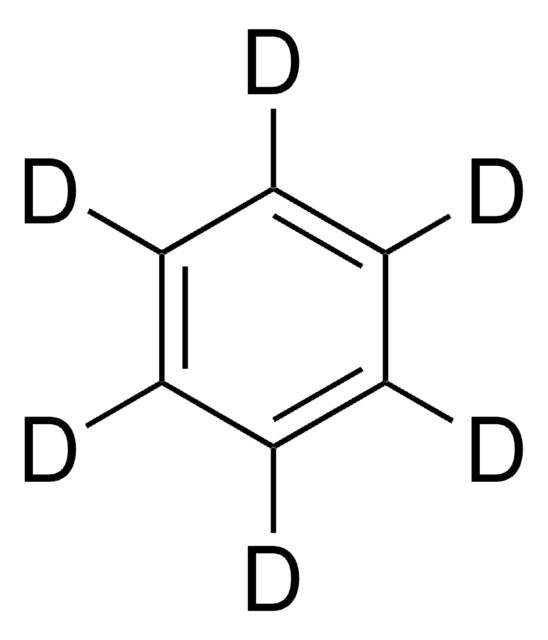Kluczowe dokumenty
13-0822
Hexane
≥96.0%, for residue analysis, JIS 1000
Synonim(y):
n-Hexane
About This Item
5.2 psi ( 37.7 °C)
~132 mmHg ( 20 °C)
Polecane produkty
Nazwa produktu
Hexane, JIS 1000, ≥96.0%, for residue analysis
klasa czystości
for residue analysis
agency
JIS 1000
gęstość pary
~3 (vs air)
ciśnienie pary
256 mmHg ( 37.7 °C)
5.2 psi ( 37.7 °C)
~132 mmHg ( 20 °C)
Próba
≥96.0%
Formularz
liquid
temp. samozapłonu
453 °F
granice wybuchowości
7.7 %
dostępność
available only in Japan
współczynnik refrakcji
n20/D 1.375 (lit.)
pH
7
bp
69 °C (lit.)
mp
−95 °C (lit.)
gęstość
0.659 g/mL at 25 °C (lit.)
ciąg SMILES
CCCCCC
InChI
1S/C6H14/c1-3-5-6-4-2/h3-6H2,1-2H3
Klucz InChI
VLKZOEOYAKHREP-UHFFFAOYSA-N
Szukasz podobnych produktów? Odwiedź Przewodnik dotyczący porównywania produktów
Powiązane kategorie
Hasło ostrzegawcze
Danger
Zwroty wskazujące rodzaj zagrożenia
Zwroty wskazujące środki ostrożności
Klasyfikacja zagrożeń
Aquatic Chronic 2 - Asp. Tox. 1 - Flam. Liq. 2 - Repr. 2 - Skin Irrit. 2 - STOT RE 2 Inhalation - STOT SE 3
Organy docelowe
Central nervous system, Nervous system
Kod klasy składowania
3 - Flammable liquids
Klasa zagrożenia wodnego (WGK)
WGK 3
Temperatura zapłonu (°F)
-7.6 °F - closed cup
Temperatura zapłonu (°C)
-22 °C - closed cup
Środki ochrony indywidualnej
Eyeshields, Faceshields, Gloves, type ABEK (EN14387) respirator filter
Wybierz jedną z najnowszych wersji:
Masz już ten produkt?
Dokumenty związane z niedawno zakupionymi produktami zostały zamieszczone w Bibliotece dokumentów.
Nasz zespół naukowców ma doświadczenie we wszystkich obszarach badań, w tym w naukach przyrodniczych, materiałoznawstwie, syntezie chemicznej, chromatografii, analityce i wielu innych dziedzinach.
Skontaktuj się z zespołem ds. pomocy technicznej












